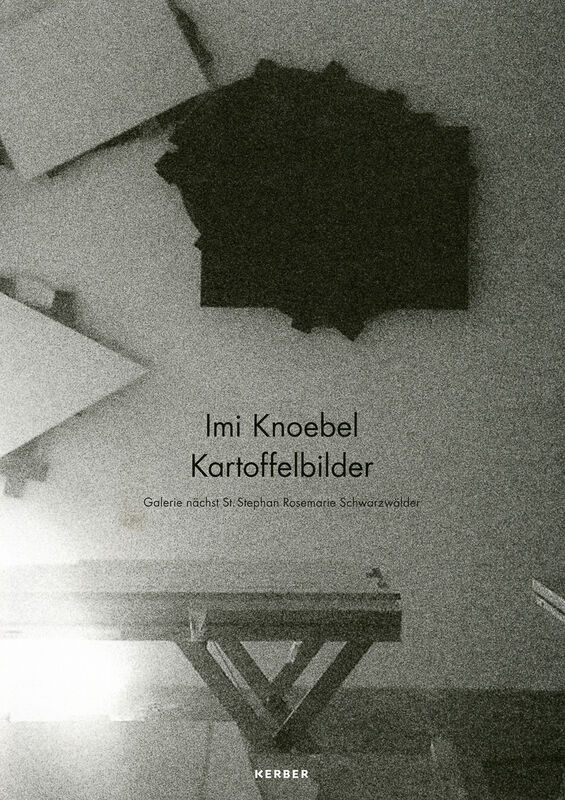Kontakt
art book cologne GmbH & Co. KG
Deutzer Freiheit 107
50679 Köln
Germany
Öffnungszeiten Büro und Showroom:
Montag-Freitag von 8-17 Uhr
info@artbookcologne.de
Tel.: +49 221 800 80 80
Fax: +49 221 800 80 82
Über uns
Seit 1997 sind wir Großhandel für hochwertige Publikationen der Gebiete Kunst, Kunsttheorie, Kunstgewerbe, Architektur, Design, Fotografie und illustrierte Kulturgeschichte. Unser kleines Team setzt sich aus den Fachgebieten Kunst, Kultur, Musik, Buchhandel und Medien zusammen und hat bei aller Vielfalt einen gemeinsamen Nenner: Die Begeisterung für schöne Kunstbücher.
Der Schwerpunkt unserer Tätigkeit liegt in der Übernahme von Restauflagen von Verlagen, Museen und Kunstinstitutionen. Wir bieten diese Titel dem Sortiments- und Versandbuchhandel, den Museumsshops und dem Kunsthandel an.
Imi Knoebel – Kartoffelbilder
| Verlag | Kerber |
| Jahr | 2011 |
| Einbandart | Broschur mit Schutzumschlag |
| Sprache | Deutsch, Englisch |
| ISBN | 978-3-86678-646-2 |
| Seiten | 64 |
| Gewicht | 206 g |
| Mehr | |
| Beiträge von | Martin Schulz |
| Buchtyp | Ausst'publikation |
| Museum / Ort | Galerie nächst St. Stephan, Wien |
| Artikel ID | art-15201 |
Imi Knoebel (born 1940) is a leading figure of 1960s abstraction, and one of its most popular contemporary exponents. Working in between painting and sculpture, Knoebel layers individual elements which are repeatedly juxtaposed in ever-changing variations. Over the course of his nearly five-decade-long career, he has consistently found new ways to work between intuition and calculation, and to reconceive the building blocks of geometric form and color.
This catalogue presents three new cycles of work: the Anima Mundi series, begun in 2010, which consists of brightly hued variations on a single structure, in which the four side of the frame are taken as a geometric component; the Kartoffelbilder (potato paintings) (2011), which feature oval shapes irregularly positioned atop one another, as well as triangles and squares; and the Cut-Up cycle (2011), in which color is reduced to black, white and silvery greys, in dynamically layered strips or ribbons of color that pay homage to William S. Burroughs’ technique of the same name, as well as to the Suprematism of Malevich.

